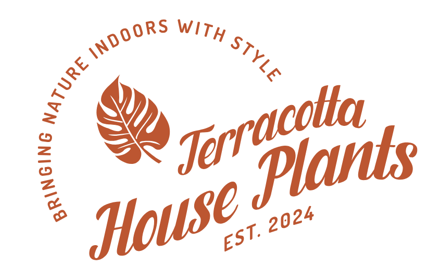
Feeding Hoyas 101: What New Growers Need to Know About Fertilizer
Share
If you’re new to growing Hoyas, one of the most important things you can do beyond getting the lighting and potting medium right is to understand how to properly fertilize. These tropical epiphytes are slow growers by nature, but with the right nutrients, you can support healthy leaves, strong roots, and steady development.
In this post, I’ll break down why fertilizer matters, what to look for in a good one, how often to use it, and why I chose GT Foliage Focus as my go-to.
Why Fertilizer Matters for Hoyas
Hoyas grown indoors (especially in soilless mixes like coco husk, perlite, or LECA) can’t rely on organic matter in the soil to deliver nutrients the way they would in nature. That means it’s up to us to provide the complete nutrition they need to thrive.
Without fertilizer, you may notice: Pale or yellowing leaves, thin weak vines, slow or stunted growth, reduced root development. On the flip side, the right fertilizer supports: healthy vibrant foliage, strong extensive root systems, resilience during seasonal changes or stress, a better foundation for future blooming.
What to Look For in a Fertilizer
When choosing a fertilizer for Hoyas, especially those grown in soilless media, there are a few things to consider:
- Complete Nutrient Profile Look for a product that contains not just nitrogen (N), phosphorus (P), and potassium (K), but also micronutrients like magnesium, calcium, and iron.
- Balanced NPK Ratio For steady vegetative growth, a fertilizer with slightly higher nitrogen content is helpful- something like 3-1-2 or 5-3-3.
- Formulated for Soilless or Hydroponic Systems Many common fertilizers are designed for soil-grown plants and may not be ideal for coco husk, LECA, or perlite. You’ll want one specifically formulated for those setups so nutrients are absorbed properly.
- Liquid and Easy to Dilute Liquid fertilizers are easier to control and mix consistently. For Hoyas, less is more so something easy to dilute is key to avoiding overfeeding.
How Often to Fertilize Hoyas
For most Hoyas, fertilizing every 1–2 weeks during the growing season (spring through early fall) is ideal. In winter, when growth naturally slows, you can cut back or stop altogether.
Always dilute according to label instructions or even weaker if your plant is young or recovering. And be sure to flush your growing medium with plain water every few weeks to prevent salt buildup, especially if you’re fertilizing regularly.
My Fertilizer of Choice: GT Foliage Focus
After testing a few options, GT Foliage Focus has become the backbone of my Hoya care routine. Here’s why:
-
It’s specifically designed for soilless media, which is how I grow most of my Hoyas (primarily in coco husk).
-
It provides a complete nutrient profile; no need to add supplements or multiple products.
-
It’s gentle but effective, which makes it ideal for both young cuttings and established plants.
-
I’ve consistently seen stronger root growth, thicker vines, and brighter, healthier leaves across my collection.
How I use it: I mix 2 capfuls of GT Foliage Focus per gallon of water and use it every 1–2 weeks during the growing season.
Other Fertilizer Options to Explore
If GT Foliage Focus isn’t available in your area, here are a few other options that can work well for Hoyas (check that they’re compatible with your potting medium):
-
Dyna-Gro Grow – a complete liquid fertilizer with micronutrients, great for foliage development
-
General Hydroponics Flora Series – customizable for hydro or semi-hydro setups
-
MSU Orchid Fertilizer – often used by Hoya collectors, especially those in LECA
Final Thoughts
Fertilizer can feel intimidating at first but it’s one of the simplest and most effective ways to keep your Hoyas healthy and growing strong. Start with a reliable, balanced fertilizer, apply consistently (but lightly), and adjust based on your plant’s stage of growth.
In my experience, GT Foliage Focus has been a game-changer and I hope it helps your plants thrive, too.
Coming soon: I’ll share what I do differently when my Hoyas start maturing and showing signs of bloom readiness, including how I introduce GT Orchid Bloom and why.
